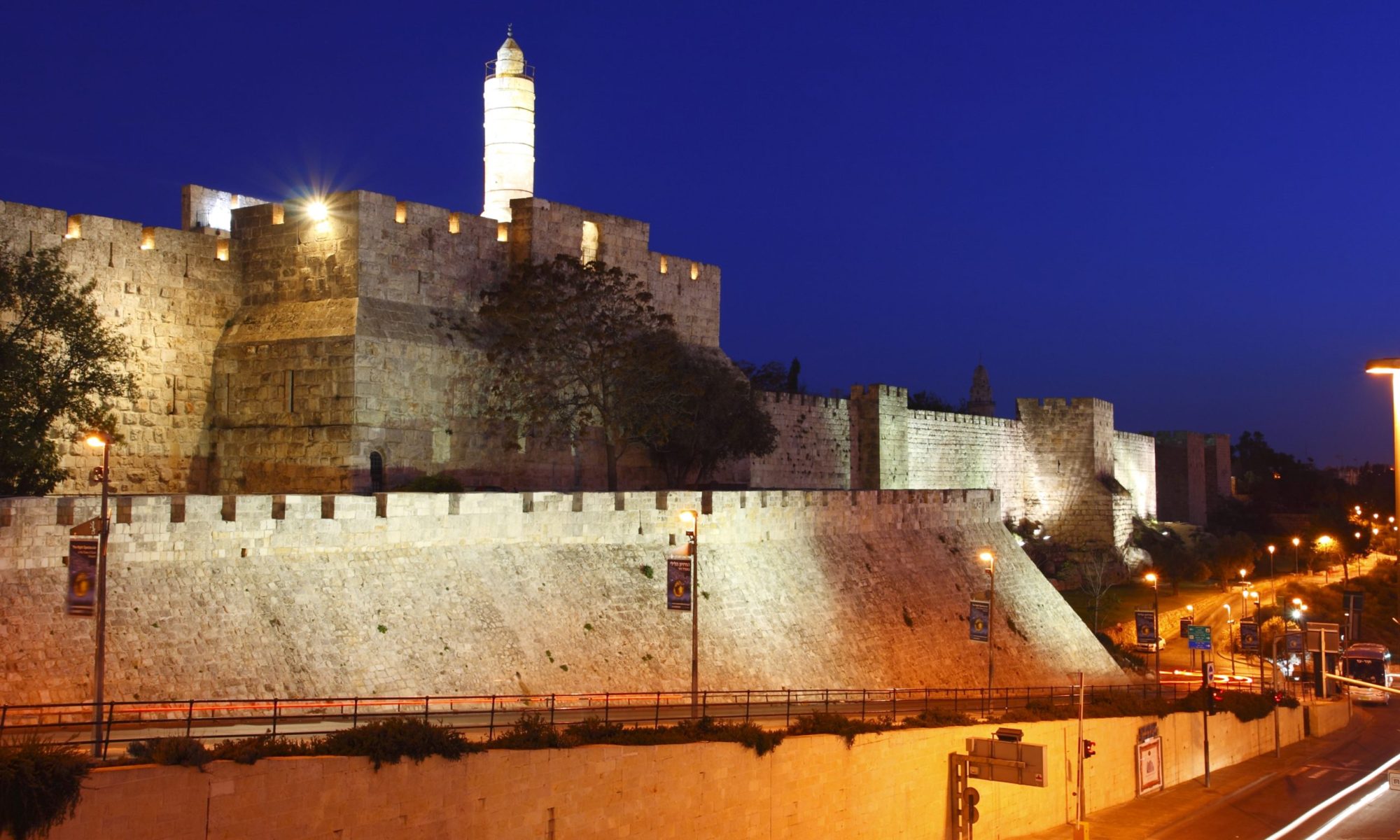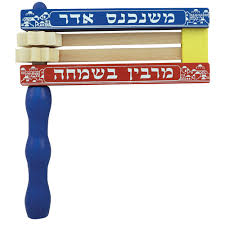
PURIM
When we tour Israel, people always ask about the different holidays in the Jewish calendar, I always say to people that most Jewish holidays falls under the same 3 definitions:
They were trying to kill us,
We won,
Let’s eat!
Purim, this year, in 2021 it begins on Thursday night, February 25 and continues through Friday, February 26, (extending through Sunday in Jerusalem), indeed falls under this explanation. Below is a short explanation about this holiday and its meaning.

Go to our website www.israelwithmoshe.com and visit the “Jewish Holidays” video series
What is Purim?
The jolly Jewish holiday of Purim is celebrated every year on the 14th of the Hebrew month of Adar (late winter/early spring). It commemorates the (Divinely orchestrated) salvation of the Jewish people in the ancient Persian empire from Haman’s plot “to destroy, kill and annihilate all the Jews, young and old, infants and women, in a single day.” Literally “lots” in ancient Persian, Purim was thus named since Haman had thrown lots to determine when he would carry out his diabolical scheme, as recorded in the Megillah (book of Esther).
“There is a certain people dispersed among the peoples in all the provinces of your kingdom who keep themselves separate. Their customs are different from those of all other people, and they do not obey the king’s laws; it is not in the king’s best interest to tolerate them. If it pleases the king, let a decree be issued to destroy them.” (Book of Esther 3: 8-9)
The Story in a Nutshell
The Persian Empire of the 4th century BC extended over 127 lands, and all the Jews were its subjects. When King Ahasuerus had his wife, Queen Vashti, executed for failing to follow his orders, he arranged a beauty pageant to find a new queen. A Jewish girl, Esther, found favor in his eyes and became the new queen, though she refused to divulge her nationality. Meanwhile, the Jew-hating Haman was appointed prime minister of the empire. Mordechai, the leader of the Jews (and Esther’s cousin), defied the king’s orders and refused to bow to Haman. Haman was incensed, and he convinced the king to issue a decree ordering the extermination of all the Jews on the 13th of Adar, a date chosen by a lottery Haman made.Mordechai galvanized all the Jews, convincing them to repent, fast and pray to G‑d. “Do not think that because you are in the king’s house you alone of all the Jews will escape. For if you remain silent at this time, relief and deliverance for the Jews will arise from another place, but you and your father’s family will perish. And who knows but that you have come to your royal position for such a time as this?” (Book of Esther 4: 12-14) Meanwhile, Esther asked the king and Haman to join her for a feast. At a subsequent feast, Esther revealed to the king her Jewish identity. Haman was hanged, Mordechai was appointed prime minister in his stead, and a new decree was issued, granting the Jews the right to defend themselves against their enemies. On the 13th of Adar, the Jews mobilized and killed many of their enemies. On the 14th of Adar, they rested and celebrated. In the capital city of Shushan, they took one more day to finish the job.
“For the Jews it was a time of happiness and joy, gladness and honor. In every province and in every city to which the edict of the king came, there was joy and gladness among the Jews, with feasting and celebrating. And many people of other nationalities became Jews because fear of the Jews had seized them.” (Book of Esther 8: 16-17)
Why is it called Purim?
Purim means “lots” in ancient Persian. The holiday was thus named since Haman had thrown lots to determine when he would carry out his diabolical scheme. It is pronounced poo-REEM.
Purim observances
- Reading of the Megillah (book of Esther), which recounts the story of the Purim miracle. This is done once on the eve of Purim and then again on the following day.
- Giving money gifts to at least two poor people.
- Sending gifts of two kinds of food to at least one person.
- A festive Purim feast, which often includes wine or other intoxicating beverages.
When to Celebrate?
One of the unique aspects of Purim is the diverse timing for its celebration.● Common Custom: Jews all over the world celebrate Purim on Adar 14, the day when our ancestors rested from the war against their enemies.● Walled Cities: Since the Jews of Shushan rested one day later, their Purim was deferred to the 15th. This was extended to include any city that was surrounded by walls in the days of Joshua, notably Jerusalem.● Small Towns: In ancient times, villagers only banded together with fellow Jews in the larger towns on Mondays and Thursdays, which were market days. Thus, the sages decreed that they should read the Megillah on the market day preceding 14 Adar. This custom is no longer practiced. Note that on Jewish leap years, there are actually two months called Adar, Adar I and Adar II. Purim is celebrated in the second Adar, but 14 Adar I is still a happy day, referred to as Purim Katan (Small Purim).
The Meaning of Purim
In addition to the miracle of Jewish survival despite the efforts of our enemies, Purim celebrates G‑d’s intimate involvement in every aspect of this world. Even though there were no overt miracles recorded in the Megillah—indeed, His name is not even mentioned once—G‑d was actively “pulling the strings” to care for His nation. Additionally, Haman’s edict catalyzed a spiritual revival among the Jews. In a sense, this was even more significant than the Covenant at Sinai—an overwhelming spiritual experience that compelled the Jews to accept the Torah—since it occurred of their own volition, even as they were scattered among the Persian people and immersed in their culture. It was in the merit of this spiritual reawakening that G‑d orchestrated their salvation.
Other Cool Purim Facts
All too often, Jewish communities have narrowly escaped catastrophe. More often than not, the plot involves an evil tyrant who follows the ways of Haman. And just like the Purim story, G‑d is there to save His people from certain doom. Some communities make their own “Purim” holiday on the anniversary of the date of their respective salvation. Some even read the chain of events from specially-made “megillah” scrolls. In modern times, the plans of some of our nation’s worst enemies have have been thwarted on this day. In the early 1950s, Joseph Stalin, the ruthless butcher of millions of innocent people, had bloody plans for dealing with the “Jewish problem” in the U.S.S.R. Just as things were reaching a crisis point in 1953, he died . . . on Purim! In 1990, Saddam Hussein of Iraq defiantly invaded nearby Kuwait. As pressure ramped up from the international community, his army began firing SCUD missiles into Israel. The Rebbe, Rabbi Menachem M. Schneerson, repeatedly assured the people of Israel that they would be protected. After the U.S.-led forces attacked Iraq, they were quickly victorious and the hostilities ended . . . on Purim!
Purim Traditions and Customs
There is a spirit of liveliness and fun on Purim that is unparalleled on the Jewish calendar. If there were ever a day to “let loose” and just be Jewish, this is it!It is also customary for children (and adults, if they desire) to dress up in costumes.
Why Do We Dress Up on Purim?
There are several reasons given for the age-old custom to dress up in costumes and wear masks on Purim. Here are some of them:
– In contrast to the overt miracles of the holidays of Passover, Chanukah and other Jewish holidays, the miracle of the holiday of Purim was disguised in natural events. Here is a sampling of the story: The King wanted his wife to come to the party, she did not want to, and she was killed. Then an evil man wanted the Jews dead and plotted to accomplish this with the approval of the king. The king remarried, and his new queen happened to be Jewish, and arranged for the decree to be countered. Only after the fact, when one looks at the entire story, does one realize the great miracle that transpired.
– The custom of wearing costumes on Purim is an allusion to the nature of the Purim miracle, where the details of the story are really miracles hidden within natural events.
– The Talmud writes that just as the Jews at the time pretended to be serving other gods, G‑d pretended that He was going to destroy the Jewish nation, and in the end He did not. In other words, you pretend to be someone else on Purim, since both the Jews’ and G‑d’s actions were masked by other intentions.
– We dress differently on Purim to minimize the embarrassment of the poor who go around collecting charity on this day—a day when we give charity to everyone who outstretches their hand.
– To commemorate the dressing up of Mordechai in King Ahasuerus’s royal garments in the story of Purim.

A traditional Purim food is hamantaschen (or oznay Haman), three-cornered pastries bursting with poppy seeds or another sweet filling.
The History and Meaning of Hamantaschen
What comes to mind when you think of Purim? Costumes, the megillah, gift baskets, and of course, those delectable three-cornered pastries, hamantaschen. Called oznei Haman in Hebrew, these treats filled with poppy seeds (or other fillings) have been a part of Purim celebrations for centuries. Where did they originate? What do their names mean? And why are they eaten on Purim?
History
One of the oldest mentions of a Purim treat referred to as oznei Haman is in a Purim comedy skit written by Yehudah Sommo (1527- 1592) of Italy. Literally translated as “Haman’s ears,” this name led to the myth that the pastries celebrate the cutting off of the wicked man’s ears before he was hanged. Lastly, there is no documentation of any such barbaric mutilation having been carried out.
Daniel, Esther and the Real Hamantash
Although nowadays you can find hamantaschen filled with practically any type of filling (sweet or savory), the classic hamantash was always filled with poppy seeds. Indeed, the very word “haman” can either refer to the wicked Haman or poppy seeds (mohn), and the Yiddish word“tash” means pocket. Thus, “hamantaschen” means “poppy-seed-filled pockets.”This is in line with the classic explanation given in the Code of Jewish Law for eating hamantaschen on Purim: Some say that one should eat a food made out of seeds on Purim in memory of the seeds that Daniel and his friends ate in the house of the king of Babylon, as the verse states, “And he gave them seeds.” But what in the world does Daniel eating seeds have to do with Purim?
The Talmud explains that Hatach, Queen Esther’s faithful messenger and one of the lesser-known heroes of the Purim story, is a pseudonym for none other than Daniel.
Furthermore, as we read in the Purim story, when Esther was in the king’s palace, she kept her identity secret. The Talmud explains that since the food was unkosher, she survived on various beans and seeds. It is in commemoration of both Daniel and Esther that there is a custom to eat beans and seeds on Purim. The way this custom is traditionally observed is by eating pastry pockets, a.k.a. taschen filled with mohn, poppy seeds. Based on this reason for eating hamantaschen, whenever the classic halachic sources discuss this custom, specific mention is made of the hamantash being filled with poppy seeds. In addition to the classic reason for hamantaschen, many other explanations have been offered to explain this custom. Indeed, just about every aspect of this treat is laden with symbolism. Here are some explanations given.
The Weakening of Haman
“Tash” in Hebrew means “weaken.” Thus, the hamantash celebrates the weakening of Haman and our wish that G‑d always save us by weakening our enemies.
Hidden Messages
During the Purim story, many Jews did not believe they were going to be completely wiped out. Mordechai convinced them of the seriousness of the threat by sending them numerous letters warning them of the impending doom. Afraid to send the letters by conventional routes lest their enemies intercept them, he sent the letters hidden inside pastries. In commemoration of this, we eat pastries with a filling.
Hidden Sweetness
A well-known insight into the hamantash points to the fact that the filling is hidden inside the dough. In earlier times, our ancestors were accustomed to experiencing open miracles. In a time of exile, we don’t necessarily experience openly revealed miracles anymore. Nevertheless, the Purim story shows that this does not mean that we’ve been abandoned (G‑d forbid). On the contrary, G‑d is ever present. He’s just operating in a behind-the-scenes fashion, just as the filling of the hamantash is hidden within the dough.
Three Corners
While there is an old legend that Haman wore a three-cornered hat, and to commemorate his downfall, we eat a three-cornered pastry, there is a deeper significance as well.
The Midrash says that when Haman recognized (the merit of) our three forefathers, his strength immediately weakened. Because of this, we eat three-cornered pastries and call them “Haman weakeners (tashen).” Another reason for corners: The Hebrew word for “corner” in Hebrew is “keren,” which literally means “horn,” and can also denote “ray,” “fortune,” or “pride.” Thus, the sages understand the verse, “And all the kerens of the wicked I shall cut down” as referring to Haman, and “Exalted will be the keren of the righteous” as referring to Mordechai.
We have below a recipe for hamantaschen, hope you’ll make it and enjoy them
Below, is a short video showing the different stages in putting together the hamantaschen
Follow “Israel with Moshe” on Facebook
Subscribe to “Israel with Moshe” YouTube channel
Follow “Gates to Israel” on Facebook
Subscribe to “Gates to Israel” YouTube channel






